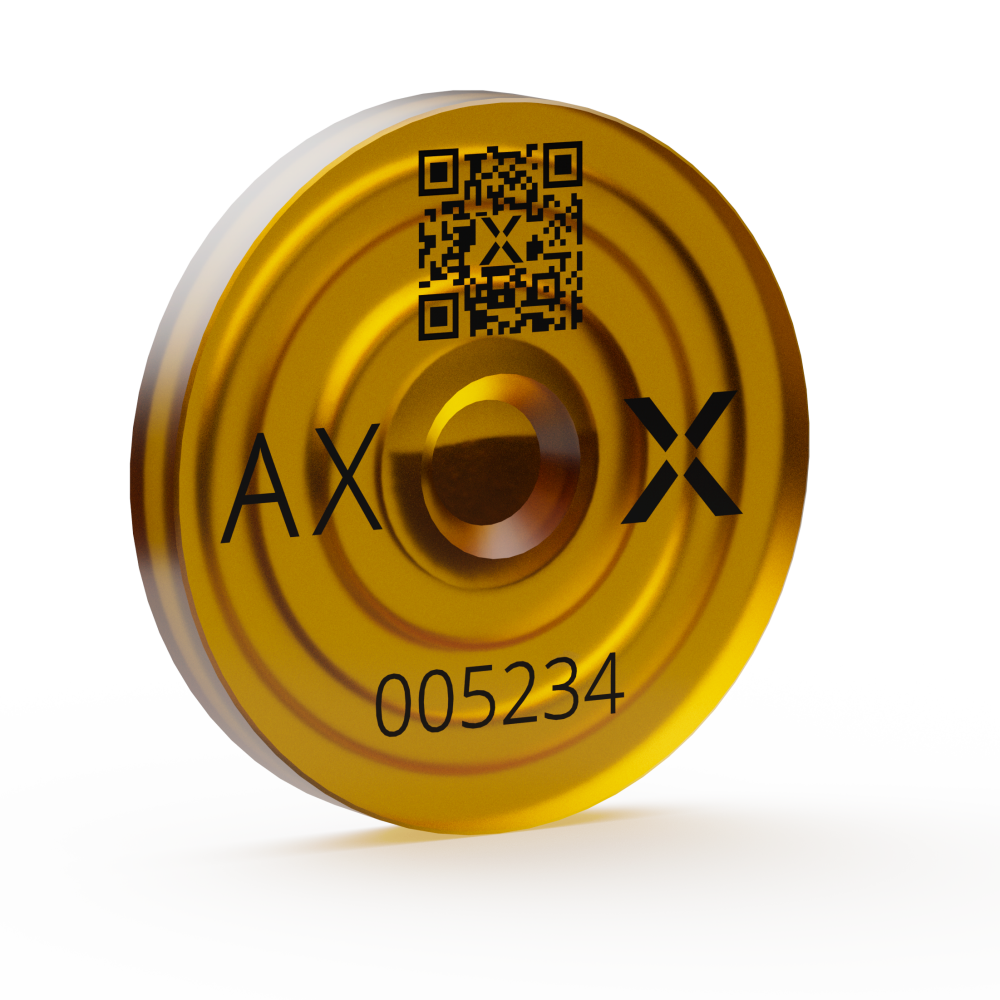X-Ray Fluorescence Analysis
X-ray Fluorescence (XRF) delivers accurate, detailed elemental analysis, enhancing advancements in scientific exploration and across broad industrial sectors.

Unlocking the Atomic Secrets: The Revolutionary Role of XRF Analysis
Delving Deeper into XRF: Your Portal to Elemental Mysteries
X-ray Fluorescence (XRF) analysis stands at the forefront of technological advancements, revolutionizing how we decipher the elemental makeup of materials. This indispensable tool stretches across various scientific and industrial landscapes, offering a profound insight into the fundamental constituents of matter. By enabling a non-intrusive glimpse into materials’ atomic structure, XRF fosters an era of unparalleled innovation and exploration.
The Vanguard of Discovery: Unleashing the Power of XRF
At its core, XRF technology is a beacon guiding us through the unexplored realms of elemental analysis. It works by exciting samples to emit characteristic secondary X-rays, a process that meticulously unveils the presence and concentration of elements. This intricate dance of photons and matter not only enriches our understanding of materials at an atomic level but also lays the groundwork for groundbreaking advancements and applications

How it Works
Deciphering Material Secrets Through XRF
Plunge into the realm of elemental analysis and unveil the mysteries within substances through our advanced XRF (X-ray Fluorescence) techniques, expertly crafted to cater to both innovative academic pursuits and real-world industrial needs. Eager to explore the extensive capabilities of precise material examination? We encourage you to initiate a conversation for a preliminary consultation and learn how our proficient XRF services can transform your endeavors.
Streamlined Sample Preparation
- XRF’s adaptability permits the examination of samples in their untouched states, whether solid, liquid, or powdered, significantly simplifying the analytical workflow.
Illuminating Data Collection
- The interaction of targeted X-ray beams with sample elements produces a spectrum of fluorescent X-rays, each a fingerprint of a specific element’s presence.
Comprehensive Elemental Profiling
- Advanced algorithms and software dive into this spectral data, constructing a detailed elemental blueprint of the sample. This profile is instrumental in unraveling the material’s identity, behavior, and suitability for various applications.


Illuminating the Microscopic: How XRF Analysis Redefines Exploration, Education, and Ecology
Expanding Frontiers: XRF’s Transformative Impact Across Sectors
XRF’s applications are boundless, touching everything from the authentication of ancient artifacts to the assurance of material quality in modern industries. Its rapid, non-invasive analysis is indispensable in archaeology, geology, quality control, and beyond, propelling innovations in safety, authenticity, and environmental stewardship.
Illuminating Paths: The Educational Power of XRF
Beyond its industrial and research applications, XRF serves as a vital educational tool, bridging the gap between abstract scientific principles and their tangible implications. It invigorates the learning environment, sparking curiosity and nurturing the innovators of tomorrow with hands-on experience in advanced analytical techniques.
Championing Sustainability through XRF
In the march toward sustainability, XRF emerges as a crucial ally. Its detailed insights into material composition aid in the creation of environmentally friendly materials, enhance recycling efficiency, and contribute to the vigilant monitoring of pollutants, highlighting XRF’s pivotal role in sustainable innovation.
XRF Services at Stenman Minerals Ab: Precision Meets Innovation
Stenman Minerals Ab harnesses the full spectrum of XRF’s capabilities to offer customized analytical solutions. Our expertise spans across various sectors, providing in-depth analyses tailored to the unique demands of each project. With a commitment to accuracy and innovation, our services unlock valuable insights, driving forward your research and industrial goals.
Conclusion: Shaping Tomorrow with XRF
As XRF technology continues to evolve, its contributions to material science and beyond are set to catalyze profound changes. It’s a journey into the atomic fabric of the world, promising not just insights into the present but also a blueprint for a smarter, more innovative future.
Contact Us
Let’s Connect
We’re here to bring clarity and precision to your projects with our specialized analysis services. Whether you’re at the cusp of a breakthrough in academic research or navigating complex challenges in the industry, our team is ready to assist you. Fill out the form to get in touch with us for an initial consultation, ask questions, or discuss your project needs in more detail. Your journey towards groundbreaking discoveries starts here. Let’s explore the possibilities together.
